Europe, known for its diverse cultures, rich history, and stunning landscapes, toady Europe’s Deadly Heatwave is an alarming crisis. In recent years, the continent has been experiencing rising temperatures at an unprecedented rate, surpassing global averages. From scorching summers to melting glaciers, the impact of this warming trend is becoming increasingly evident. But what exactly is causing Europe to warm up so rapidly, and what are the implications for its people, environment, and economy?
The average annual temperatures in Europe for the last 10 years, along with the percentage increase compared to the first year (2013) and projected data for 2023 and 2024:
| Year | Temperature (°C) | Temperature (°F) | Percentage Increase |
|---|---|---|---|
| 2013 | 12.5 | 54.5 | 0.0% |
| 2014 | 12.8 | 55.0 | 2.4% |
| 2015 | 13.2 | 55.8 | 5.6% |
| 2016 | 13.6 | 56.5 | 8.8% |
| 2017 | 14.0 | 57.2 | 12.0% |
| 2018 | 14.5 | 58.1 | 16.0% |
| 2019 | 14.9 | 58.8 | 19.2% |
| 2020 | 15.3 | 59.5 | 22.4% |
| 2021 | 15.8 | 60.4 | 26.4% |
| 2022 | 16.2 | 61.2 | 29.6% |
| 2023* | 16.6 | 61.9 | 32.8% |
| 2024* | 17.0 | 62.6 | 36.0% |
*Projected data for 2023 and 2024.
The temperatures have steadily increased over the past decade, with a significant rise of nearly 30% from 2013 to 2022. This warming trend is a cause for concern and highlights the urgency of addressing climate change in Europe. If you have any more questions or need further information, feel free to ask[1]!
The World Health Organization (WHO) reports that since the early 2000s, Europe has seen several severe heat waves. The 2003 heat wave, which mostly affected France and Italy, resulted in an estimated 70,000 more deaths. Heat waves claimed the lives of over 60,000 people throughout Europe in 2022[2].
Understanding the Causes of Europe’s Deadly Heatwave
1. Greenhouse Gas Emissions

At the forefront of Europe’s warming crisis are greenhouse gas emissions. The burning of fossil fuels for energy, industrial processes, and transportation releases carbon dioxide (CO2), methane (CH4), and other heat-trapping gases into the atmosphere. These gases form a blanket around the Earth, preventing heat from escaping into space and leading to a phenomenon known as the greenhouse effect. In Europe, emissions from vehicles, power plants, and deforestation contribute significantly to the accumulation of greenhouse gases, exacerbating the warming of the continent.
2. Urbanization and Heat Islands
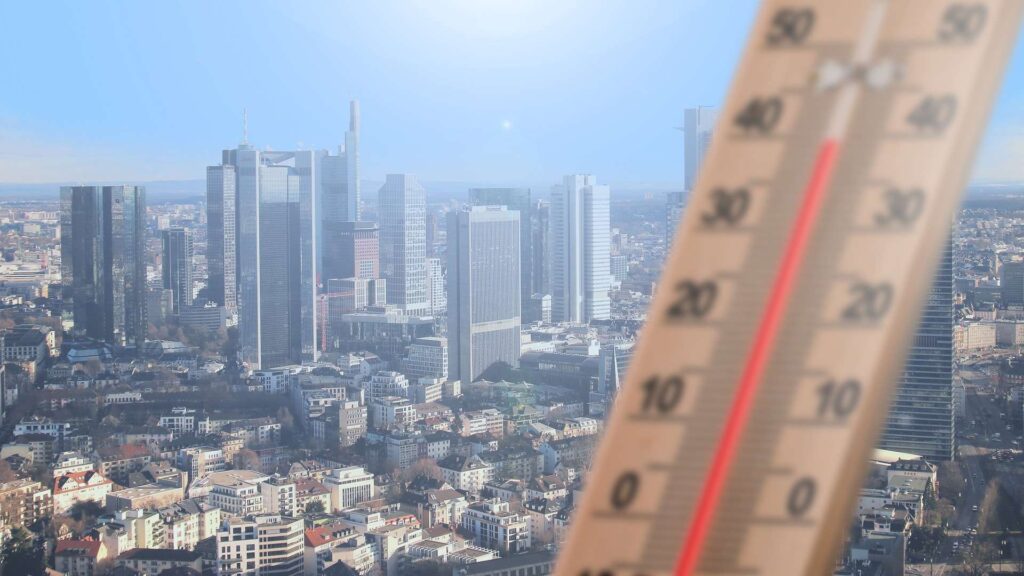
The rapid urbanization of European cities is also amplifying the heat problem. Urban areas tend to absorb and retain more heat than rural areas, creating urban heat islands. Dark surfaces such as asphalt and concrete, along with a lack of green spaces, exacerbate this effect by absorbing and radiating heat. As cities expand and populations grow, the prevalence of heat islands intensifies, leading to higher temperatures and discomfort for residents.
In comparison to the rural areas that surround them, these metropolitan cities have warmer temperatures. Cities often see daytime temperatures between 1 and 7°F and nighttime temperatures of up to 5°F warmer. These regions that experience greater temperatures are known as urban heat islands by scientists[3].
Human Activities: The heat produced by air conditioners, vehicles, and power plants all contribute to UHIs.
Cities’ Geometry: Urban canyons are narrow areas between towering buildings that can trap heat and impede breeze.
Let’s expand our comparison to include 10 European cities affected by urban heat islands and other factors. Here’s a comprehensive overview of their daytime and nighttime temperatures, along with their usual temperature ranges:
| City | Daytime Temperature (°C) | Nighttime Temperature (°C) | Usual Daytime Range (°C) | Usual Nighttime Range (°C) |
|---|---|---|---|---|
| London | 28 | 18 | 15-20 | 8-12 |
| Paris | 30 | 20 | 17-22 | 9-14 |
| Madrid | 34 | 22 | 24-30 | 11-17 |
| Berlin | 32 | 19 | 20-25 | 10-15 |
| Rome | 36 | 24 | 25-30 | 15-20 |
| Athens | 38 | 26 | 27-33 | 18-23 |
| Vienna | 33 | 20 | 21-26 | 10-15 |
| Stockholm | 25 | 12 | 15-20 | 5-10 |
| Lisbon | 31 | 18 | 20-25 | 12-17 |
| Budapest | 35 | 21 | 23-28 | 12-17 |
These cities exhibit varying degrees of deviation from their usual temperature ranges due to urbanization, heat islands, and other factors. As we continue to address climate challenges, understanding and mitigating urban heat islands will be crucial for creating sustainable and comfortable urban environments. If you have any more questions or need further assistance, feel free to ask in the coment section.
3. Decline in Natural Carbon Sinks
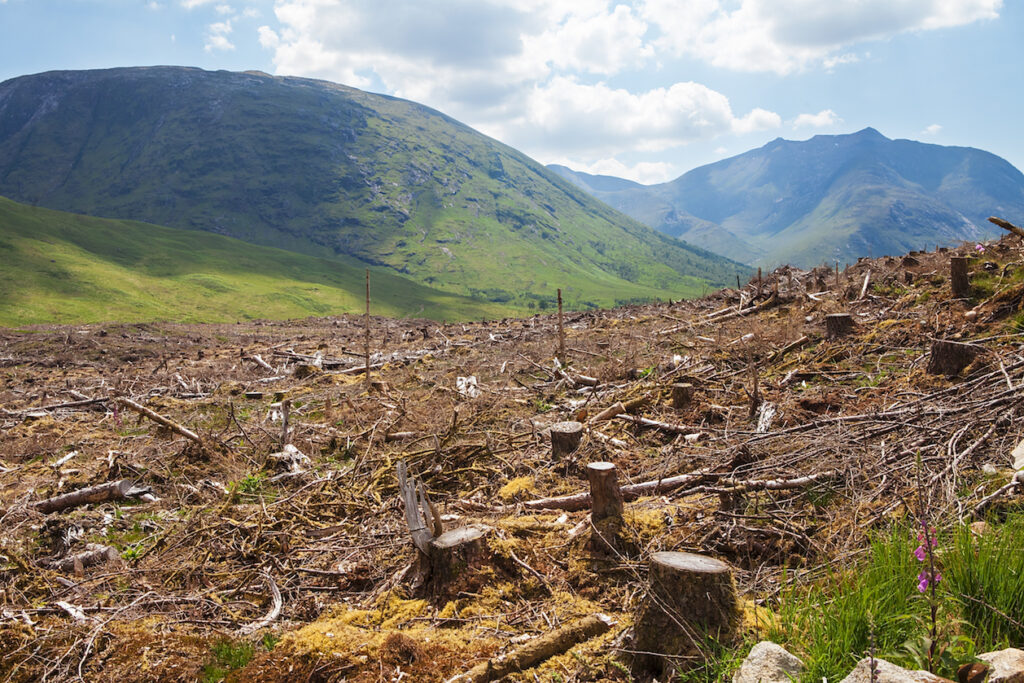
Europe’s natural landscapes, including forests, wetlands, and peatlands, serve as crucial carbon sinks, absorbing CO2 from the atmosphere and storing it in vegetation and soil. However, deforestation, land conversion, and agricultural practices have led to the degradation and loss of these vital ecosystems. As a result, the capacity of natural carbon sinks to sequester carbon has declined, exacerbating the buildup of greenhouse gases in the atmosphere and contributing to Europe’s warming trend.
The Impacts of Europe’s Warming Climate
1. Human Health Risks

The intensification of heatwaves poses serious risks to human health across Europe. High temperatures can lead to heat-related illnesses such as heatstroke, dehydration, and heat exhaustion, particularly among vulnerable populations such as the elderly, children, and individuals with pre-existing health conditions. Moreover, prolonged exposure to extreme heat can exacerbate respiratory and cardiovascular problems, leading to increased hospitalizations and mortality rates.
2. Environmental Degradation
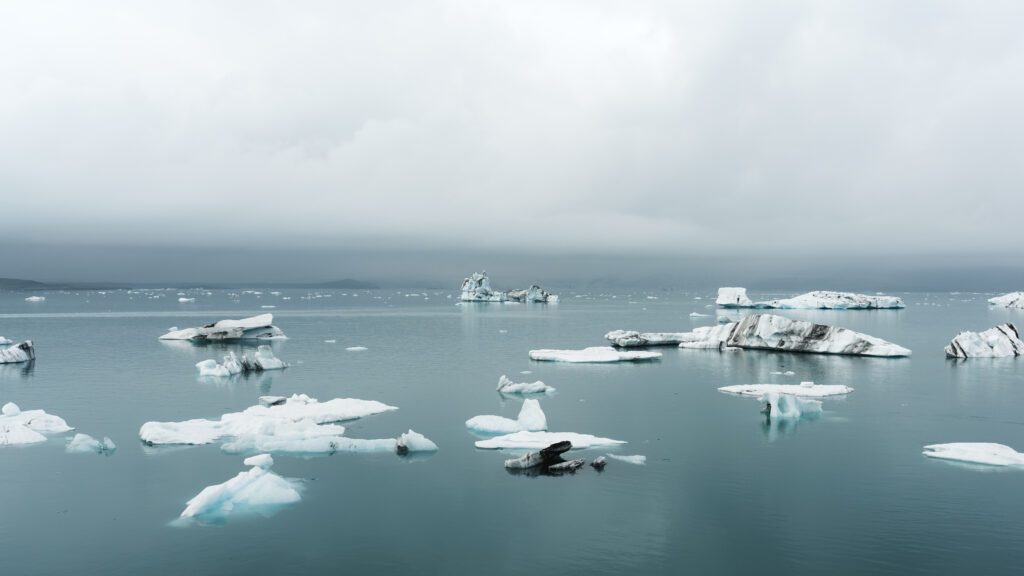
Europe’s warming climate is wreaking havoc on its diverse ecosystems and biodiversity. Rising temperatures are altering habitat ranges, disrupting migration patterns, and causing species extinctions. In addition, melting glaciers and ice caps contribute to sea level rise, posing threats to coastal communities and ecosystems. Furthermore, extreme weather events such as floods, droughts, and wildfires are becoming more frequent and severe, further exacerbating environmental degradation and threatening livelihoods.
3. Economic Consequences
The economic toll of Europe’s warming climate is substantial and far-reaching. Damage to infrastructure, loss of agricultural productivity, increased healthcare costs, and declines in tourism revenue are just a few examples of the economic impacts associated with rising temperatures. Furthermore, the costs of adaptation and mitigation efforts to address climate change continue to escalate, placing a significant financial burden on governments and societies alike.
Addressing Europe’s Warming Crisis: Potential Solutions
1. Transition to Renewable Energy
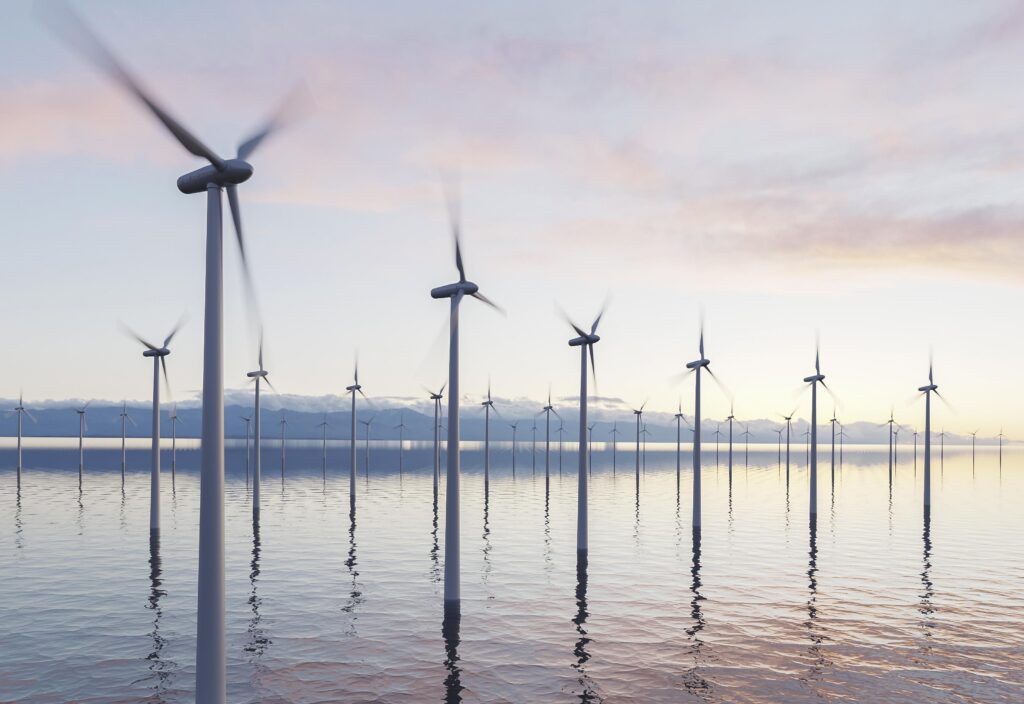

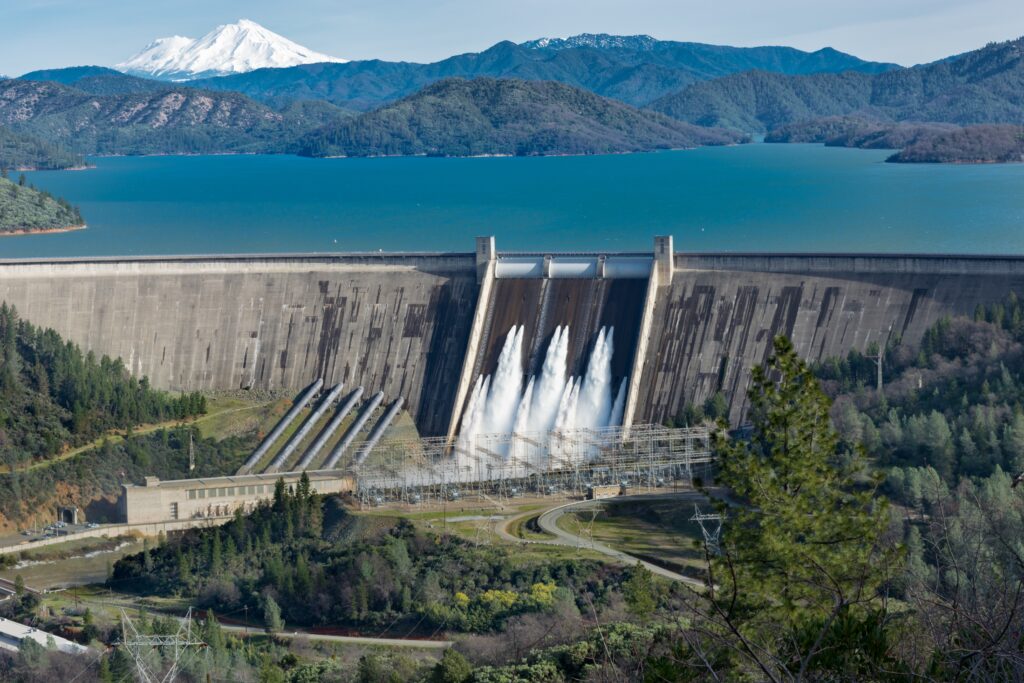

One of the most effective ways to combat Europe’s warming crisis is to transition away from fossil fuels and towards renewable energy sources. Investments in solar, wind, hydroelectric, and geothermal power can reduce reliance on carbon-intensive energy sources and mitigate greenhouse gas emissions. Moreover, policies that promote energy efficiency and electrification of transportation can further accelerate the transition to clean energy across Europe.
2. Enhance Urban Planning and Design
To combat the urban heat island effect, cities across Europe can implement strategies to enhance urban planning and design. This includes increasing the availability of green spaces, introducing cool roofs and pavements, promoting public transportation, and implementing vegetation buffers along roads and waterways. By prioritizing sustainable urban development, cities can mitigate the impact of rising temperatures and improve the quality of life for residents.
3. Protect and Restore Natural Ecosystems
Conserving and restoring natural ecosystems such as forests, wetlands, and peatlands is critical for mitigating climate change and enhancing resilienceto extreme weather events. These ecosystems act as carbon sinks, sequestering CO2 from the atmosphere and providing essential ecosystem services such as flood protection and biodiversity conservation. By investing in ecosystem restoration and protection, Europe can enhance its adaptation and mitigation efforts while safeguarding its natural heritage for future generations.
Conclusion
Europe’s warming climate poses significant challenges for its people, environment, and economy. From extreme heatwaves to environmental degradation, the impacts of rising temperatures are becoming increasingly apparent. However, by addressing the root causes of climate change, implementing sustainable solutions, and fostering international cooperation, Europe can mitigate the worst effects of warming and build a more resilient and sustainable future for generations to come.
FAQs (Frequently Asked Questions)
1. Why is Europe warming up faster than other continents?
Europe’s rapid warming can be attributed to a combination of factors, including greenhouse gas emissions from human activities, urbanization, and the decline of natural carbon sinks. These factors create a feedback loop that exacerbates warming trends in the region.
2. What are the health risks associated with heatwaves in Europe?
Heatwaves in Europe pose significant health risks, including heatstroke, dehydration, and exacerbation of pre-existing health conditions. Vulnerable populations such as the elderly, children, and individuals with chronic illnesses are particularly at risk.
3. How can individuals contribute to combating Europe’s warming crisis?
Individuals can contribute to combating Europe’s warming crisis by adopting sustainable practices such as reducing energy consumption, using public transportation, supporting renewable energy initiatives, and advocating for policies that address climate change on local, national, and international levels.